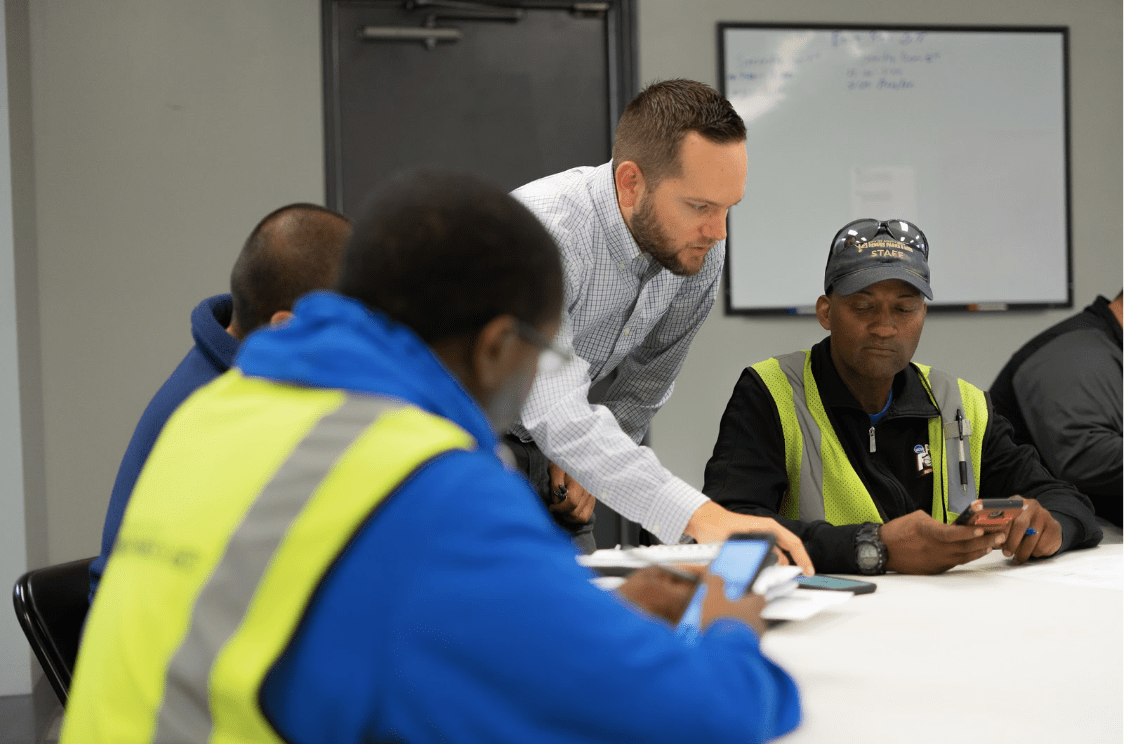"Imagine a robust public transit system, at the snap of a finger, could be in full swing in small- to mid-sized cities across the U.S.
Sure, ridership might be low at the start. But eventually, communities would start to feel the positive impacts of public transit — increased economic opportunities and savings, decreased accidents, gasoline consumption, and carbon footprint. Over time, those economy-boosting benefits could be the catalyst our smaller cities need to attain the critical population density that sustains their public transit systems.

With shared mobility options enabled by digital technology, services, and fleet capacity become much more flexible and on demand.
It’s a catch-22 — the chicken-and-egg dilemma — for any small - or mid-sized city when it comes to implementing public transit. Leaders are fully aware that public transit would benefit the community, but they’re also aware that realizing those benefits requires a critical population mass to support frequent service — a population mass they just don’t have. Detractors focus on the tax burden, high fixed costs, and declining ridership. Advocates agree public transit must be frequent and proximate enough to attract lots of riders. That requires a high level of residential, employment, commercial, and institutional activity. That requires all-day — not just peak hour — trip making. That requires infrastructure — sidewalks, bikeways, transit connections, and parking — to connect riders to transit. That requires multiple, high-demand destinations, such as major employment centers, educational institutions, or civic centers, be serviceable by fixed-route connections. And, that also requires a dedicated source of funding.
So, what’s a small- to mid-sized city to do?"
To get the answer, read the full feature article originally published by Metro Magazine >



